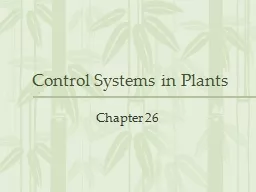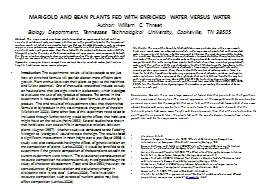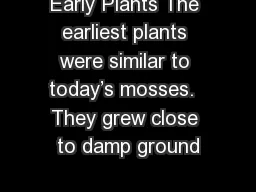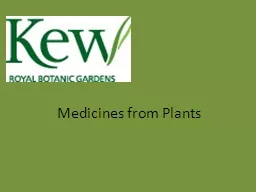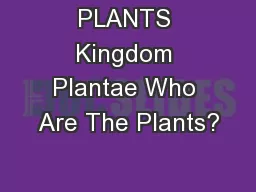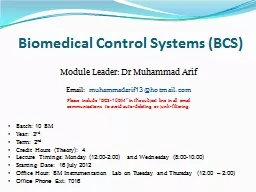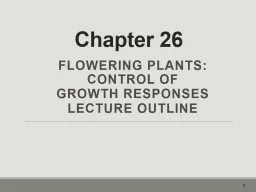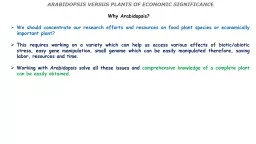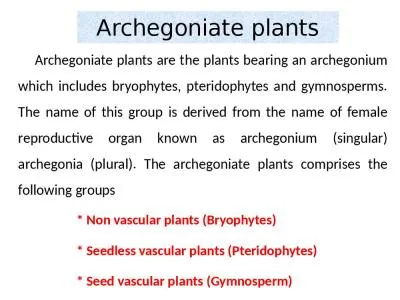PPT-Control Systems in Plants
Author : test | Published Date : 2020-04-04
Chapter 26 Control of Plant Development plant hormones chemical messengers within organisms each has a very specific function auxins promote growth at apical meristems
Presentation Embed Code
Download Presentation
Download Presentation The PPT/PDF document " Control Systems in Plants" is the property of its rightful owner. Permission is granted to download and print the materials on this website for personal, non-commercial use only, and to display it on your personal computer provided you do not modify the materials and that you retain all copyright notices contained in the materials. By downloading content from our website, you accept the terms of this agreement.
Control Systems in Plants: Transcript
Download Rules Of Document
" Control Systems in Plants"The content belongs to its owner. You may download and print it for personal use, without modification, and keep all copyright notices. By downloading, you agree to these terms.
Related Documents

